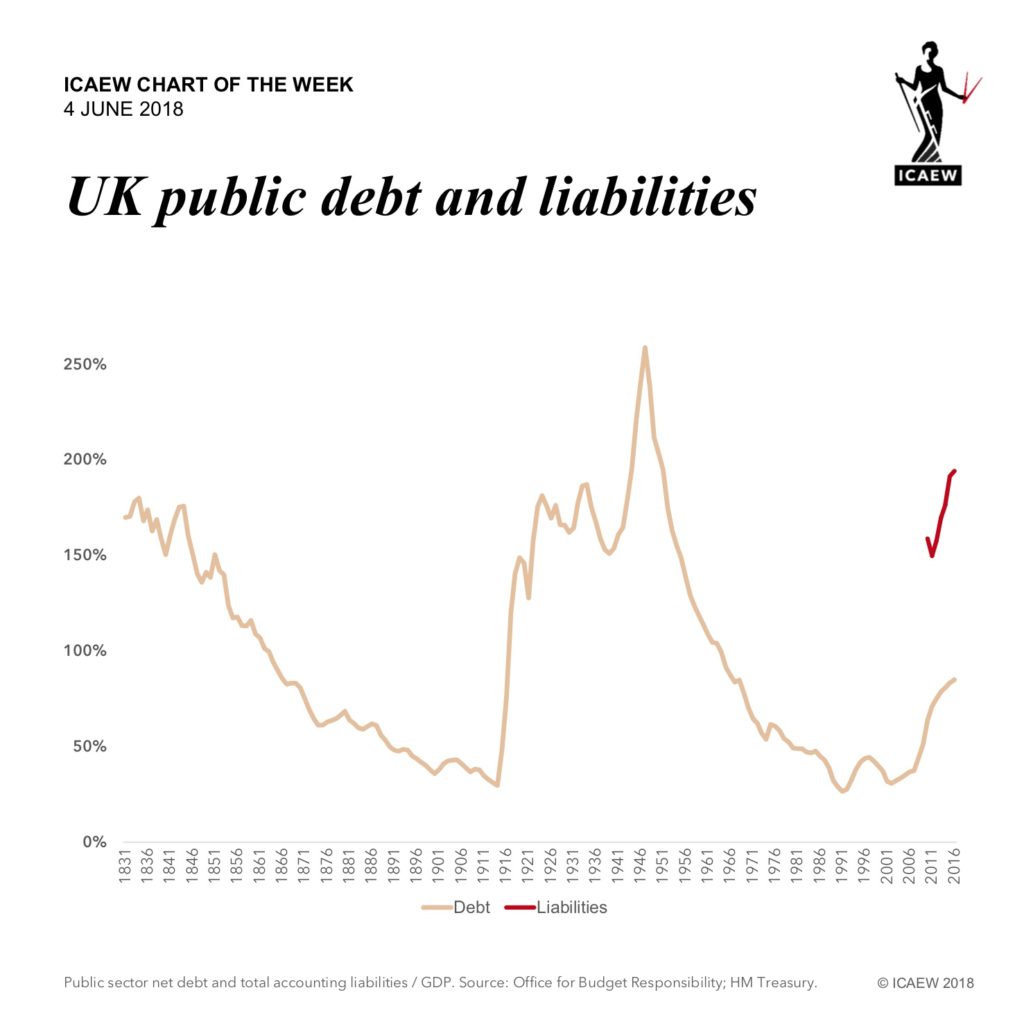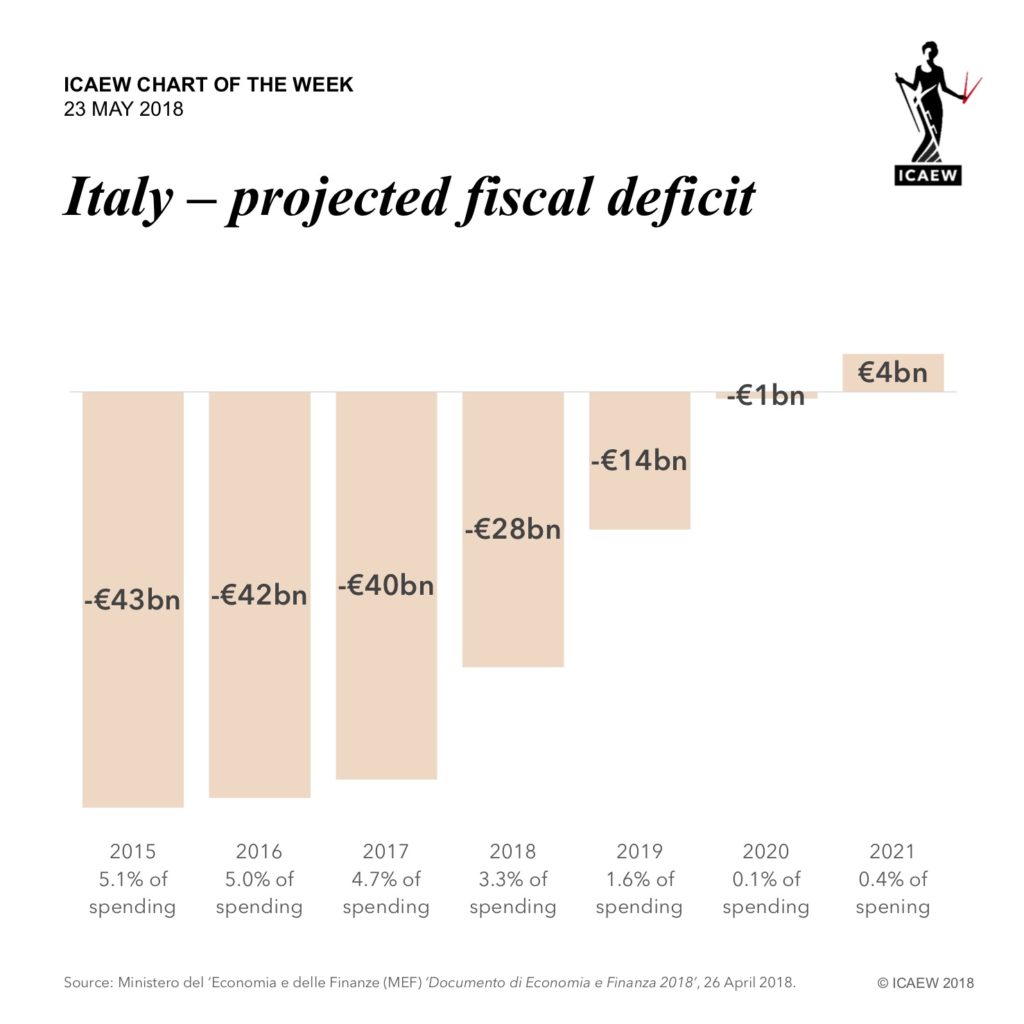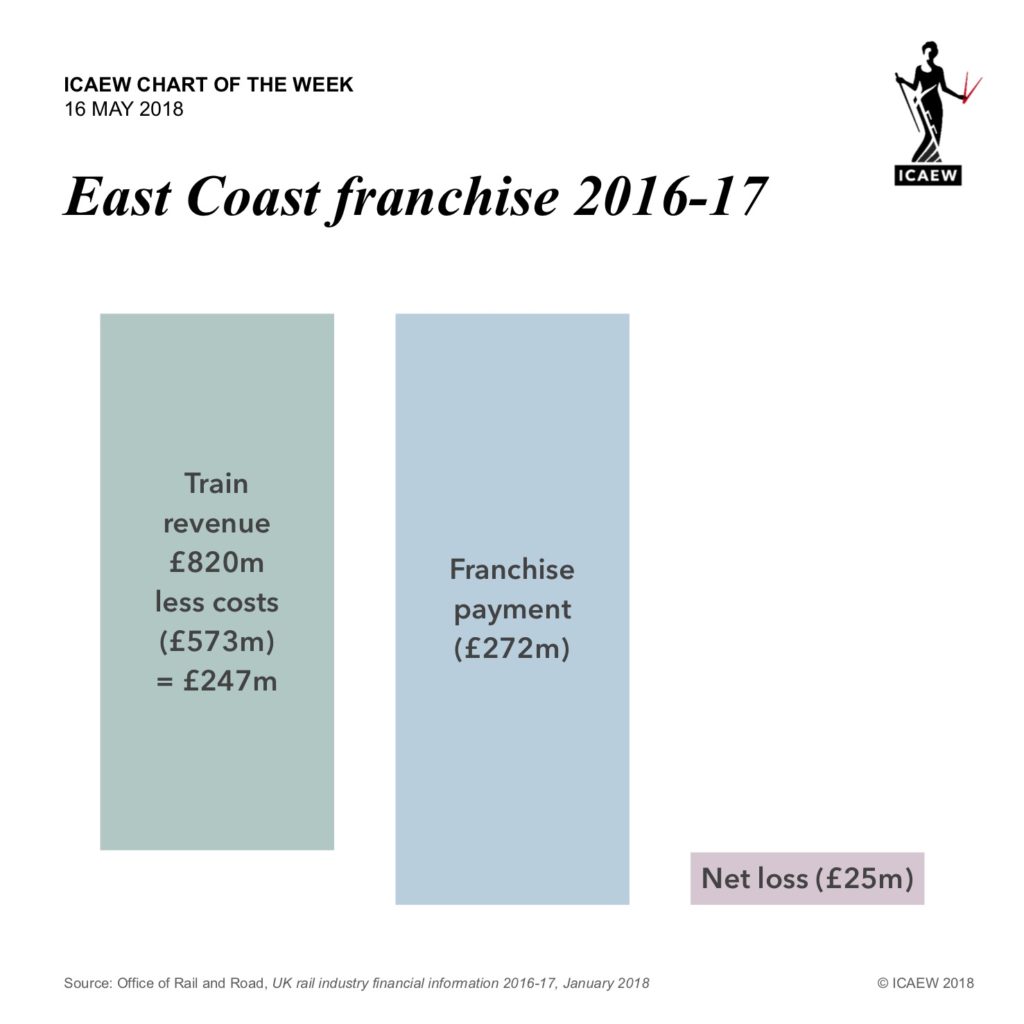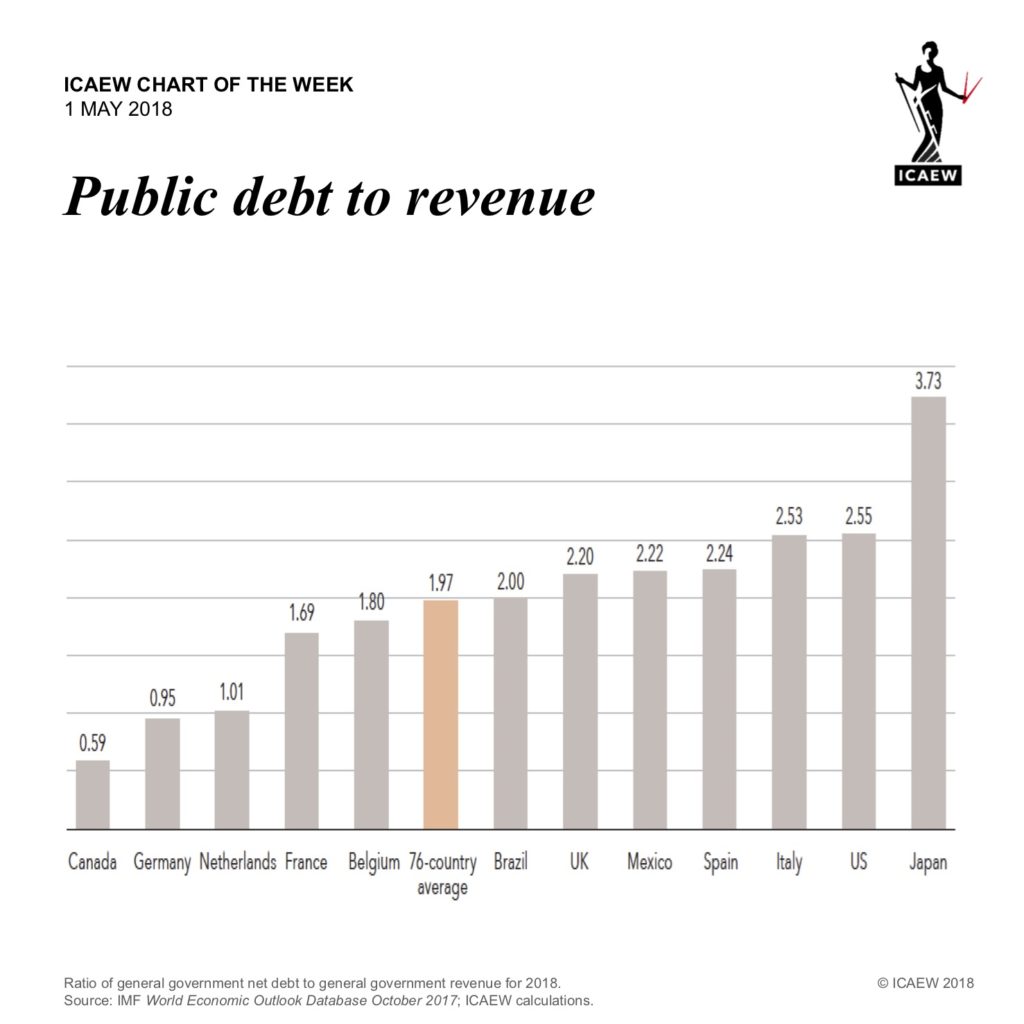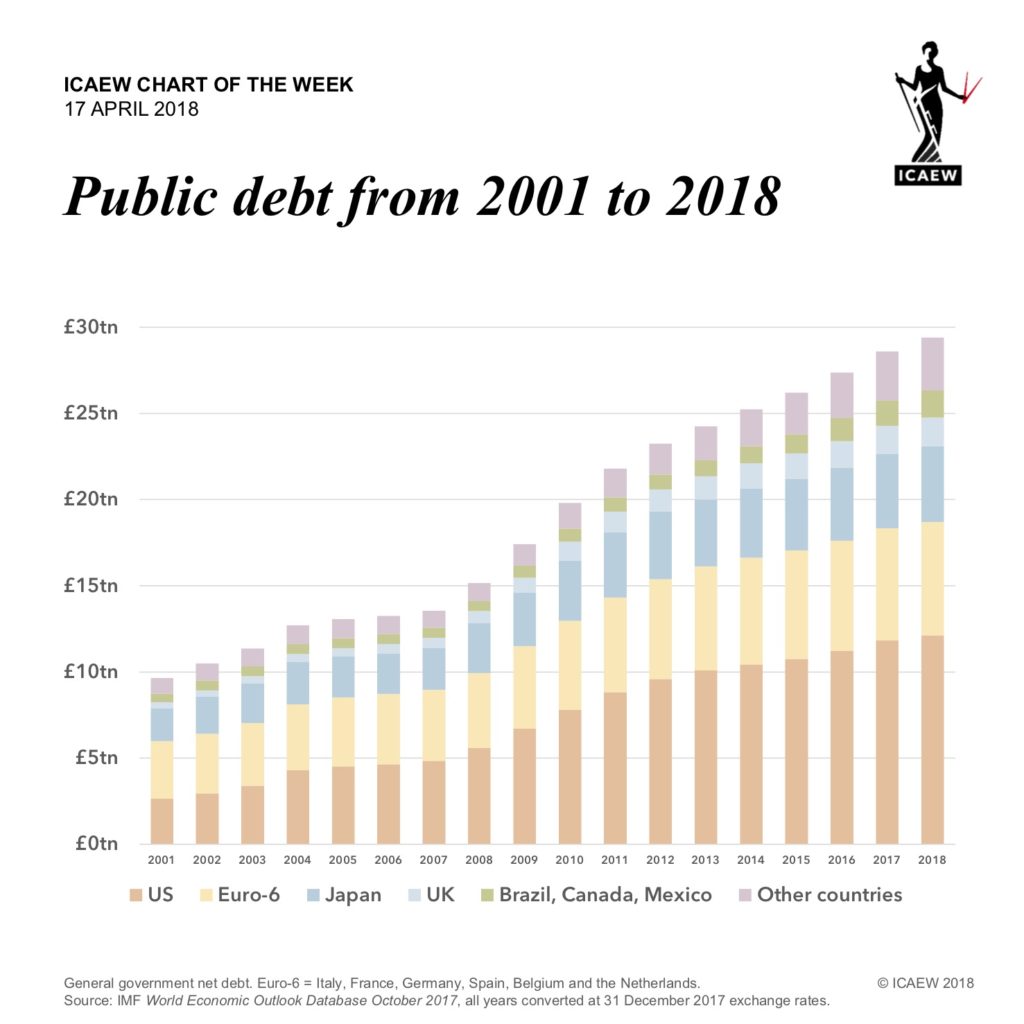The announcement of a £20bn increase in funding for the NHS in England means a rise in the NHS England budget from £115bn this year to £149bn in five years’ time once inflation is taken into account. (This excludes £14bn of other health related spending in England in 2018-19 outside the main NHS budget).
This is equivalent to an average annual real-terms increase of 2.4%. As a consequence, per capita spending is expected to rise from £171 a month to £194 a month in five years’ time in 2018-19 prices. When Scotland, Wales and Northern Ireland are included, the total is £25bn.
Around £8bn is expected to come from growth in the economy and there are indications that another £5bn will be made from savings elsewhere in the overall budget. This leaves somewhere in the region of £12bn a year still to find, equivalent to a couple of extra pence on income tax.
We leave you with a cliff hanger. Will the Chancellor put up taxes? Or will he increase his borrowing, moving his deficit reduction even further into the future? We’ll find out in the November budget!
As an aside this increase is only enough to cope with the expected increase in the numbers of people aged over 60 and to give NHS staff the pay rises they expect…


